20 Cars That Should Have Been Stars, But Did Not Meet The Expectations
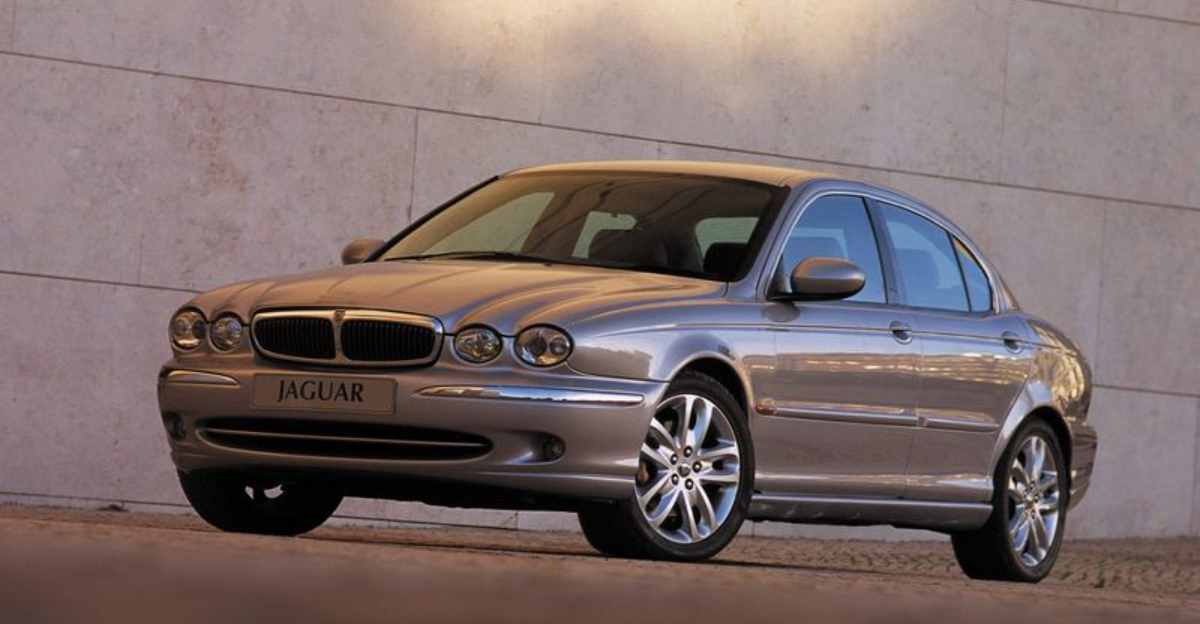
Ever had that friend with all the talent in the world who just couldn’t catch a break? The automotive world has plenty of those stories too. Some cars had it all – innovative design, powerful engines, and great handling – but somehow missed their moment in the spotlight.
These mechanical underdogs deserved fame but instead became fascinating footnotes in automotive history.
1. Tucker 48: The Car of Tomorrow That Never Came
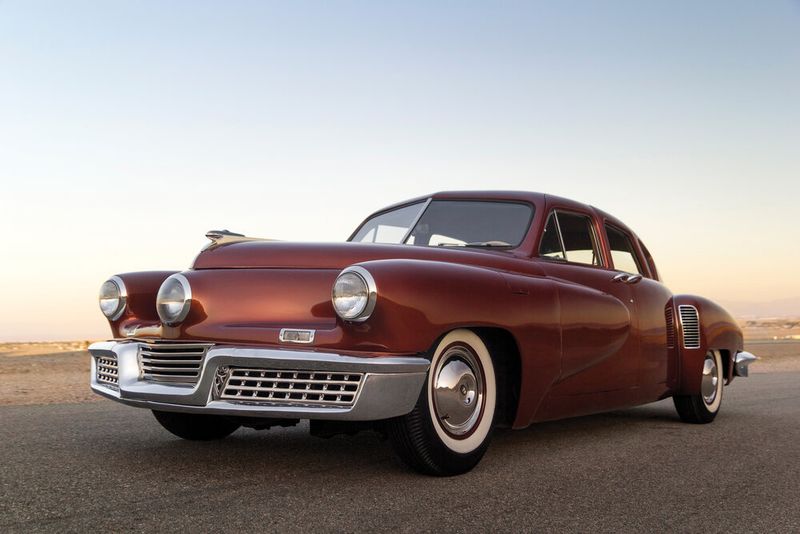
Visionary Preston Tucker created only 51 examples of his revolutionary sedan before his company collapsed amid controversy and SEC investigations.
The Tucker 48 boasted safety features decades ahead of its time – a padded dashboard, shatterproof windshield, and a center headlight that turned with the steering wheel.
Big automakers were rumored to have opposed Tucker, fearing his innovations would force expensive redesigns of their vehicles, though evidence is inconclusive.
Though vindicated in court, Tucker’s company was already ruined, sending one of America’s most forward-thinking cars to an early grave.
2. Citroën SM: French-Italian Love Affair Gone Wrong
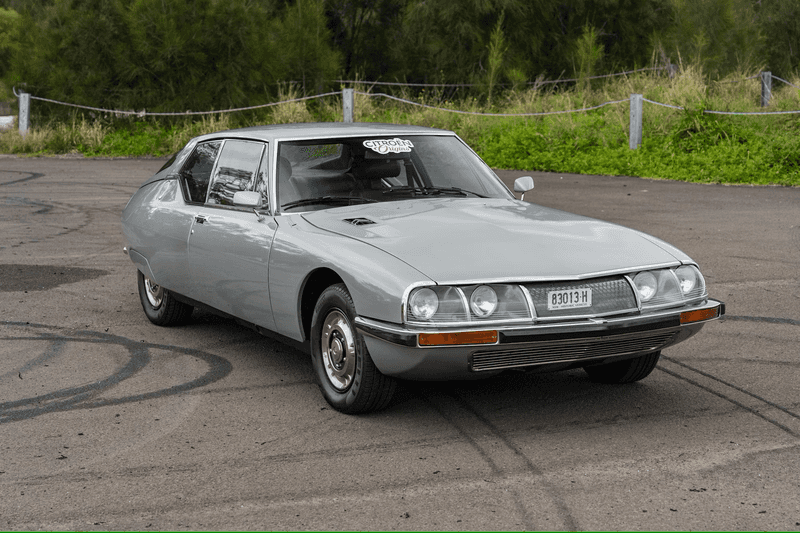
Marrying Citroën’s hydropneumatic suspension with Maserati’s V6 engine created a GT car unlike anything else in 1970. Futuristic styling turned heads while its aerodynamic shape cut through air with exceptional stability at high speeds.
Unfortunately, timing couldn’t have been worse. The 1973 oil crisis made its thirsty engine a liability, while Citroën’s bankruptcy and acquisition by Peugeot sealed its fate.
Complex maintenance requirements scared off potential buyers, leaving this Franco-Italian masterpiece to fade into obscurity.
3. Pontiac Fiero: The Mid-Engine Mistake
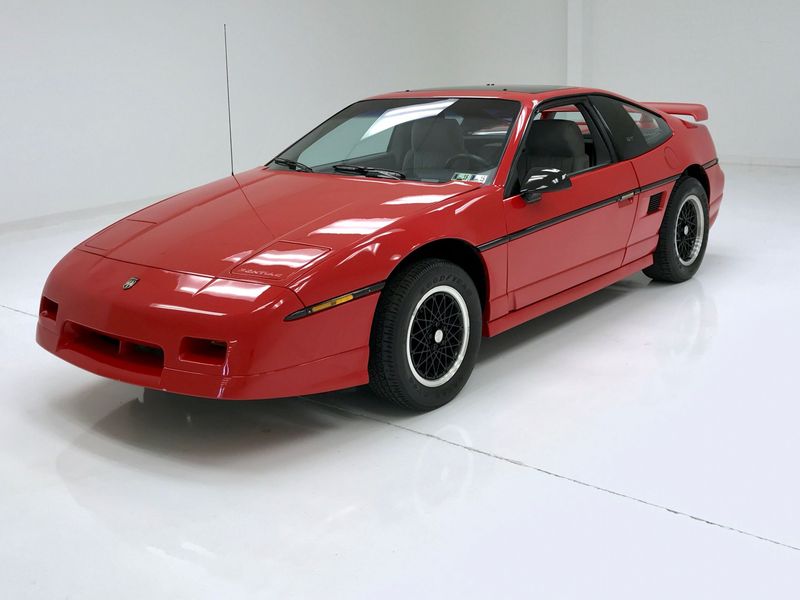
GM’s bean counters transformed what should have been a proper sports car into an underpowered “commuter car with flair.”
Using some Chevette-derived suspension components and weak four-cylinder engines, early Fieros disappointed drivers expecting Ferrari-like thrills from its exotic mid-engine layout.
Just as Pontiac engineers finally fixed the Fiero’s problems for the 1988 model year, giving it proper suspension and performance, GM turned off the program.
The irony? These final-year models are now highly sought after by collectors who recognize what could have been.
4. NSU Ro80: Too Revolutionary For Its Own Good
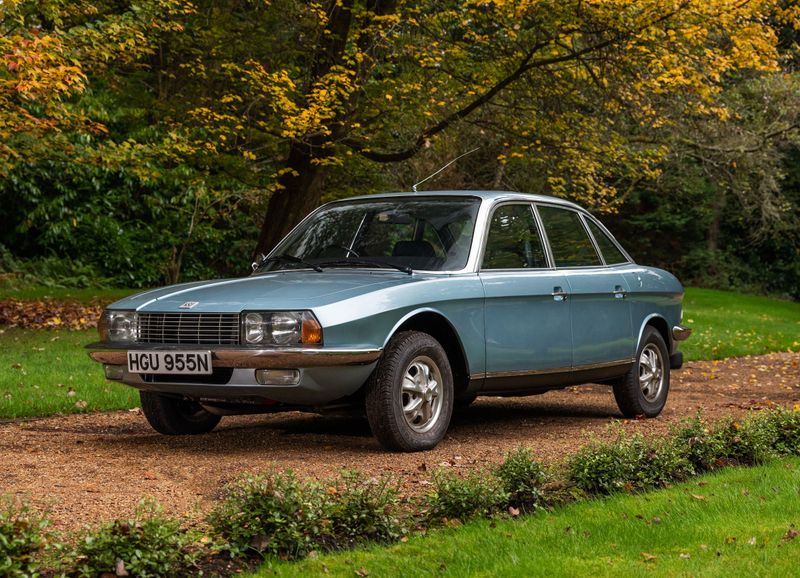
Winning European Car of the Year in 1968, the NSU Ro80 looked like something from the future with its aerodynamic shape and minimal ornamentation. Inside its sleek body lurked revolutionary technology: a smooth, high-revving Wankel rotary engine.
Sadly, this technological marvel became NSU’s undoing. Early rotary engines suffered catastrophic seal failures, requiring expensive rebuilds under warranty. The financial strain bankrupted NSU, forcing its sale to Volkswagen.
The Ro80 remained in production until 1977, but its reputation never recovered from those early problems.
5. Studebaker Avanti: Beautiful Swan Song
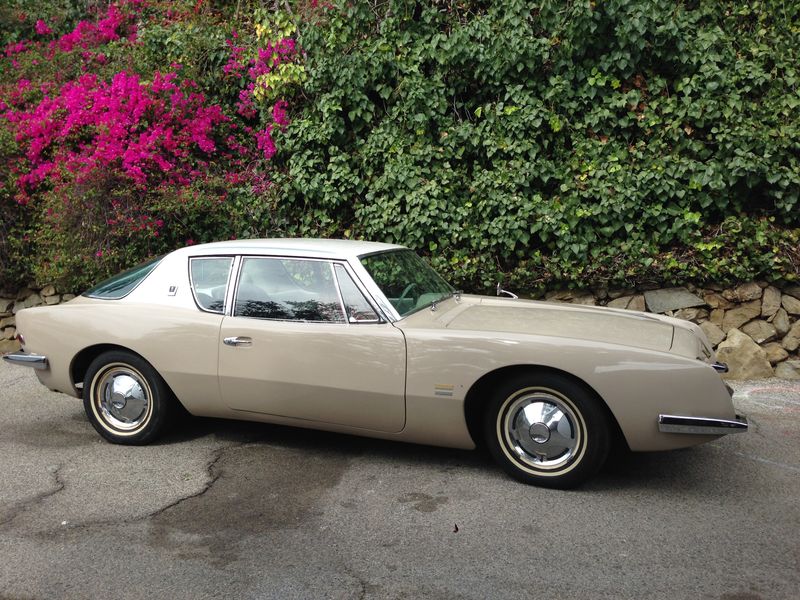
Penned by the legendary Raymond Loewy in just 40 days, the fiberglass-bodied Avanti looked nothing like other American cars of 1963. Its coke-bottle waistline and aircraft-inspired interior made it an instant design classic, while supercharged versions broke 29 speed records at Bonneville.
Launched as Studebaker was already circling the drain financially, this stunning personal luxury car couldn’t save the company. When Studebaker folded in 1964, the Avanti diesppeared with it—though dedicated fans kept building replicas for decades afterward, proving its enduring appeal.
6. Rover SD1: Britain’s Cut-Price Ferrari
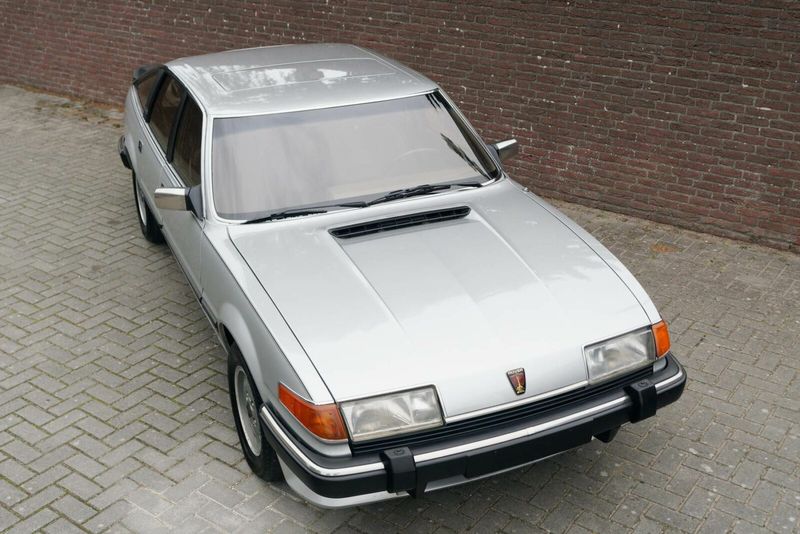
Resembling a family-friendly Ferrari Daytona, the Rover SD1 combined Italian-inspired styling with a practical hatchback and lusty V8 power. European Car of the Year for 1977, it seemed poised for greatness and was briefly sold in the U.S. as the Rover 3500.
British Leyland’s notorious quality problems quickly derailed this promising executive car. Assembly line workers in the midst of industrial disputes built SD1s with misaligned panels, faulty electronics, and rust issues.
7. Chevrolet Corvair: Unsafe at Any Speed?
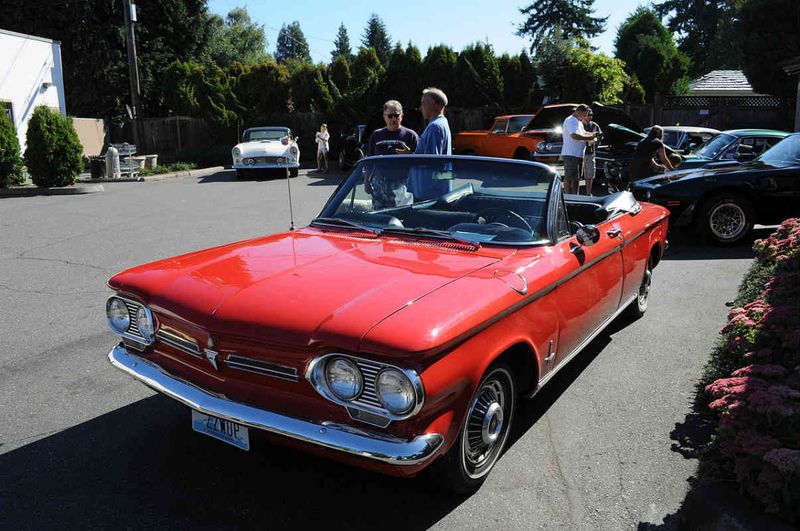
GM’s daring answer to the Volkswagen Beetle brought European-style rear-engine design to American driveways. The air-cooled flat-six engine and clean styling made the Corvair genuinely different from anything Detroit had produced before.
Then Ralph Nader happened. His book “Unsafe at Any Speed” highlighted the early Corvair’s tendency to oversteer in certain situations. Though later models fixed these issues with improved suspension, the damage to the Corvair’s reputation was irreversible.
8. Jensen-Healey: British Sports Car Heartbreak
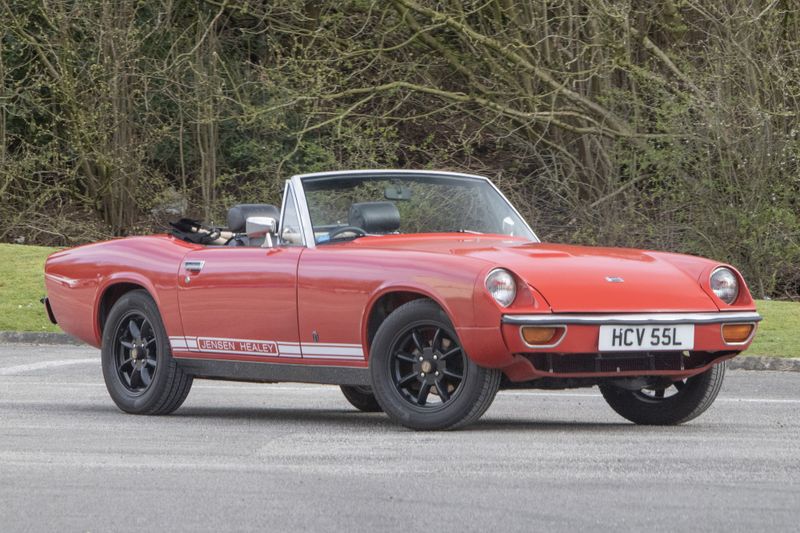
Born from the ashes of the Austin-Healey relationship, this sleek roadster packed Lotus’ brand-new 16-valve engine—the first modern DOHC four-cylinder in a production car. Light, nimble, and powerful, it should have continued Britain’s sports car legacy into the 1970s.
Rushed development led to catastrophic reliability problems. Early engines leaked oil, overheated, and sometimes self-destructed. Body panels rusted almost on delivery, while build quality was haphazard at best.
Jensen went bankrupt in 1976, leaving behind a promising sports car that never got the refinement it deserved.
9. Edsel: The $250 Million Mistake
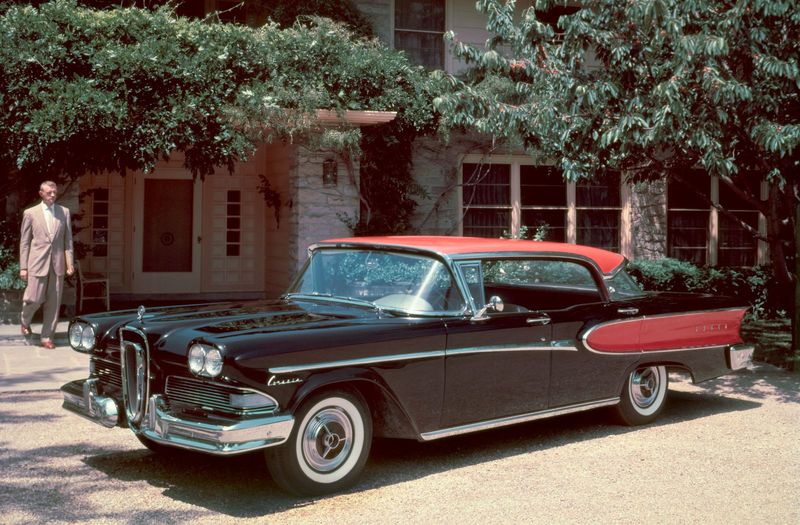
Ford launched Edsel in 1957 with the most expensive marketing campaign in automotive history up to that point. The new brand was supposed to fill the gap between Ford and Mercury, with distinctive styling including that infamous vertical grille often compared to unmentionable body parts.
Arriving just as a recession hit, the oddly-styled Edsel found few buyers willing to take a chance on a new brand. Production quality issues and confusing positioning within Ford’s lineup didn’t help.
By 1960, Edsel was gone, becoming synonymous with marketing failure and costing Ford over $250 million.
10. DeLorean DMC-12: More Than Just a Time Machine
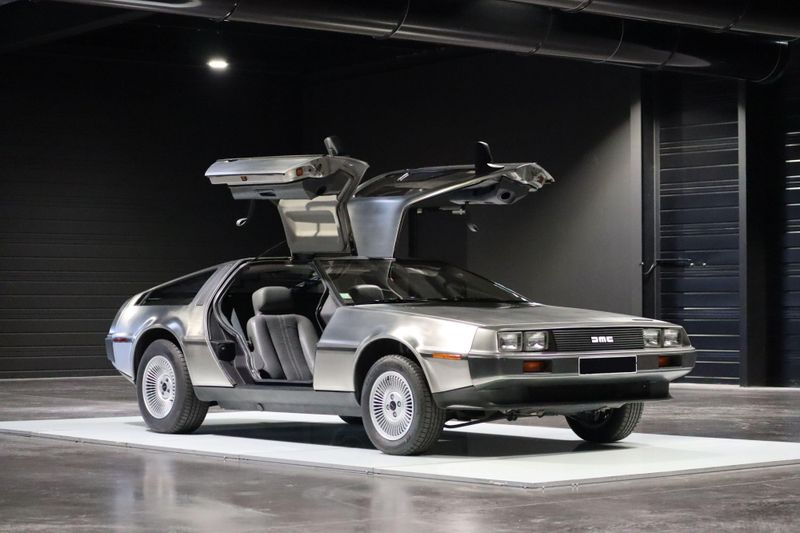
Stainless steel body panels, gullwing doors, and the backing of industry legend John DeLorean created tremendous buzz when this futuristic sports car debuted in 1981. Built in troubled Northern Ireland with government funding, the DMC-12 represented a bold automotive experiment.
Underpowered by its Renault-sourced V6 and hindered by quality issues, the car disappointed many buyers expecting sports car performance.
When John DeLorean was arrested in a drug sting operation (later acquitted), the company collapsed after building just 9,000 cars. Without “Back to the Future,” this ambitious failure might be completely forgotten today.
11. Mazda RX-8: Rotary’s Last Stand
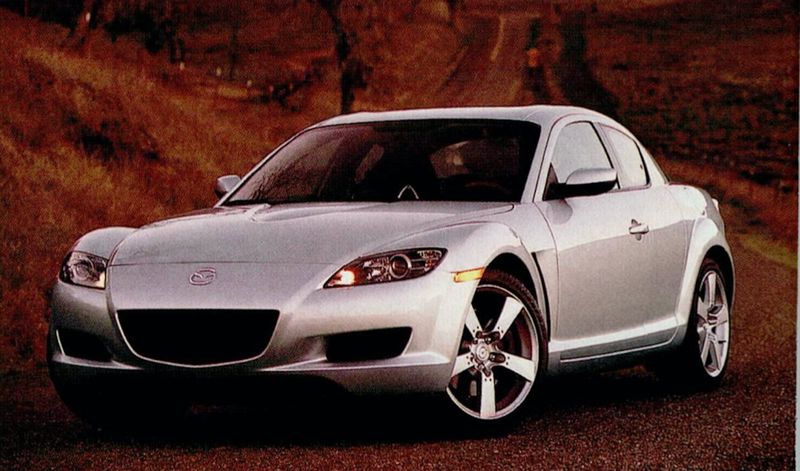
Following the legendary RX-7 wasn’t easy, but Mazda’s engineers created something truly special. The RX-8 combined a high-revving rotary engine with a practical four-door layout (with clever rear-hinged doors) and near-perfect weight distribution for sublime handling.
Unfortunately, the Renesis rotary engine proved thirsty and unreliable, with many engines failing before 100,000 miles. Tightening emissions regulations worldwide eventually made the rotary untenable.
When production ended in 2012, so did mass-production of rotary engines—a sad end for technology Mazda had championed since the 1960s.
12. Volkswagen Phaeton: The People’s… Luxury Car?
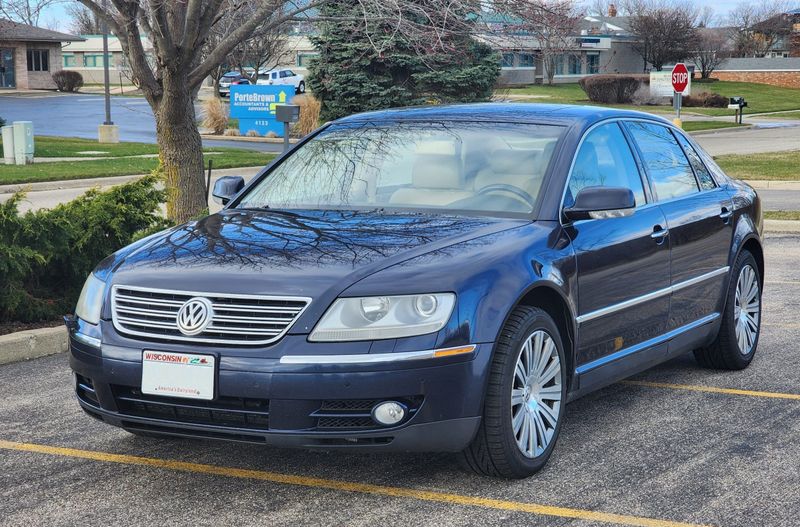
VW chairman Ferdinand Piëch’s pet project aimed to build the world’s best luxury sedan regardless of cost. Sharing its platform with the Bentley Continental, the Phaeton offered impeccable engineering including a draft-free ventilation system and a W12 engine option.
The problem? That VW badge. Luxury buyers couldn’t reconcile spending $100,000 on a Volkswagen, while typical VW customers couldn’t afford it.
Though it continued selling in Europe and China, the Phaeton vanished from American showrooms after 2004–2006, becoming an engineering masterpiece without a viable market.
13. Cadillac Allante: Italian Body, American Troubles
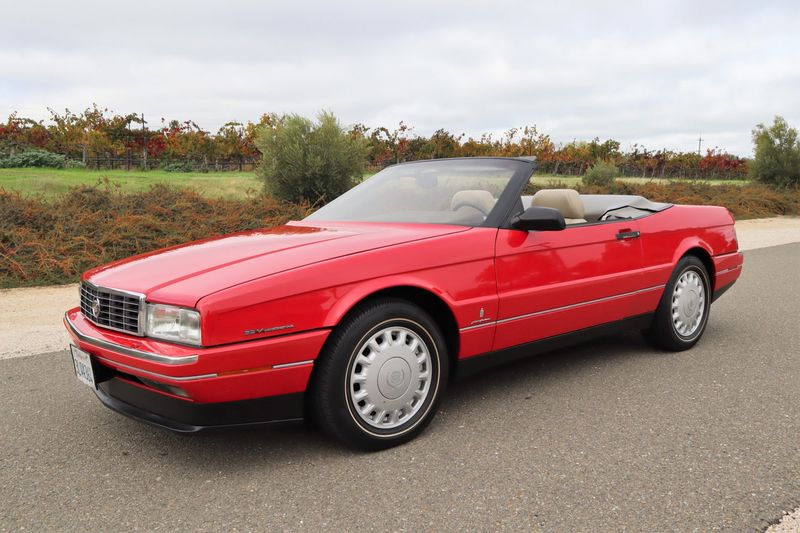
Cadillac’s ambitious plan to beat Mercedes involved flying partially-built cars between continents. Bodies designed and built by Pininfarina in Italy were flown 4,600 miles on special Boeing 747s (called the “Air Bridge”) to Michigan for final assembly.
The logistics created nightmares. Quality control suffered with bodies built on one continent and electronics installed on another. Early models were underpowered, and by the time Cadillac fixed the issues with the excellent Northstar V8 in 1993, it was too late.
14. Jaguar X-Type: Ford’s Failed Luxury Experiment
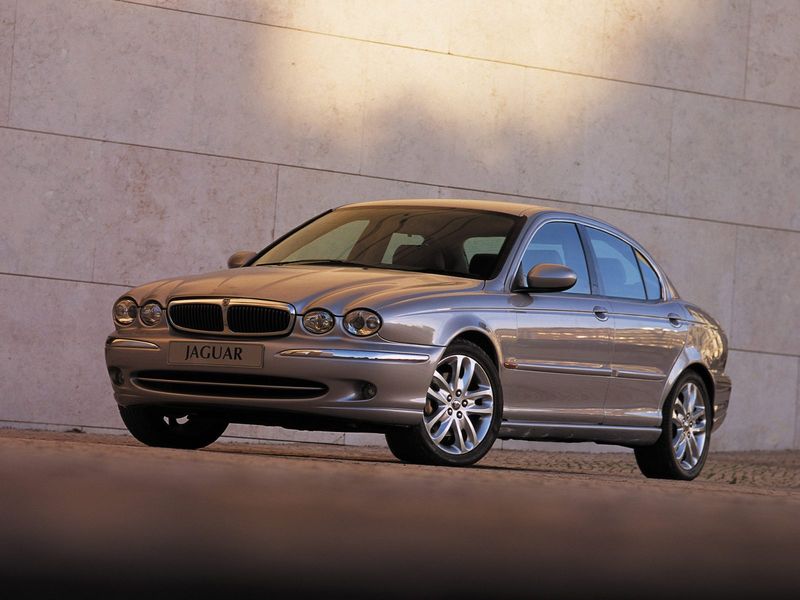
Jaguar’s attempt to battle the BMW 3-Series started with a questionable foundation: the humble Ford Mondeo platform. Despite all-wheel drive and genuine wood trim, keen observers noted the X-Type’s pedestrian origins in its proportions and driving dynamics.
Critics dismissed it as a “Mondeo in a prom dress,” and luxury buyers agreed. The entry-level Jaguar never shook its reputation as a tarted-up Ford, despite later improvements.
15. AMC Pacer: Wide-Body Weirdness
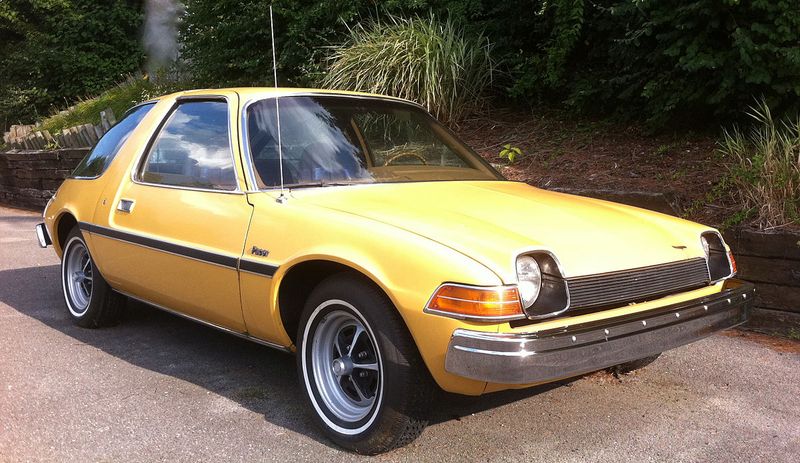
Marketed as “the first wide small car,” the Pacer’s fishbowl styling and asymmetrical doors made it instantly recognizable when launched in 1975. AMC’s designers created a futuristic compact car focused on interior space and visibility, anticipating the downsizing trend that would follow.
Initially selling well, the Pacer became a cultural punchline with a cult following as tastes changed. Its heavy glass area created greenhouse effects in summer, while its width negated potential fuel economy benefits.
When production ended in 1980, the Pacer had gone from revolutionary design to a unique automotive experiment, now appreciated by enthusiasts.
16. Pontiac Aztek: Breaking Bad Before Breaking Bad

Beneath its controversial styling lay a genuinely innovative crossover. The Aztek offered a sliding cargo floor, removable center console that doubled as a cooler, and an optional tent attachment for camping—features that would be celebrated today.
But that styling… Focus groups had actually approved sleeker concept versions, but GM’s cost-cutting produced the awkward production model with plastic cladding everywhere.
Routinely voted among history’s ugliest cars, the Aztek found few buyers during its 2001-2005 run. Its biggest cultural impact came years later as Walter White’s vehicle in “Breaking Bad.”
17. Lexus LFA: Supercar Timing Disaster
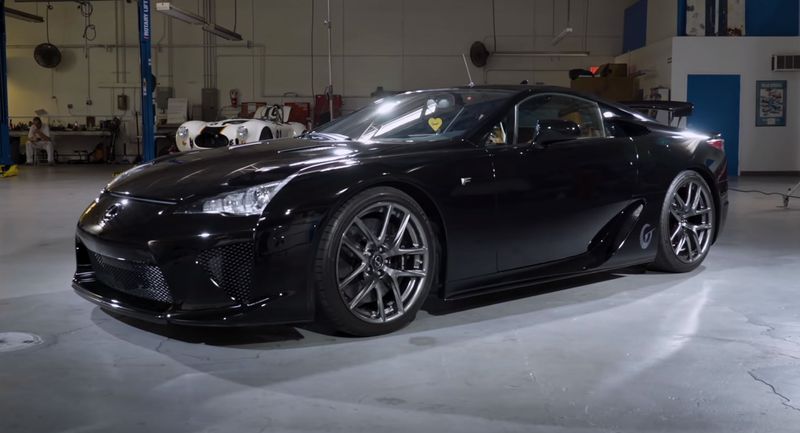
Ten years of development produced perhaps Japan’s greatest supercar. The LFA’s 4.8-liter V10 revved so quickly Lexus had to use digital gauges because analog ones couldn’t keep up.
Its carbon fiber construction and banshee wail of an exhaust note made it an instant legend among those who experienced it. Launching during the 2008 financial crisis with a $375,000 price tag proved catastrophic. Even with production limited to 500 units, Lexus struggled to find buyers.
Some cars reportedly sold at discounts to move inventory. Today, they command seven-figure prices—cold comfort for the program that lost millions.
18. Datsun 810/Maxima Wagon: Japanese Luxury Pioneer
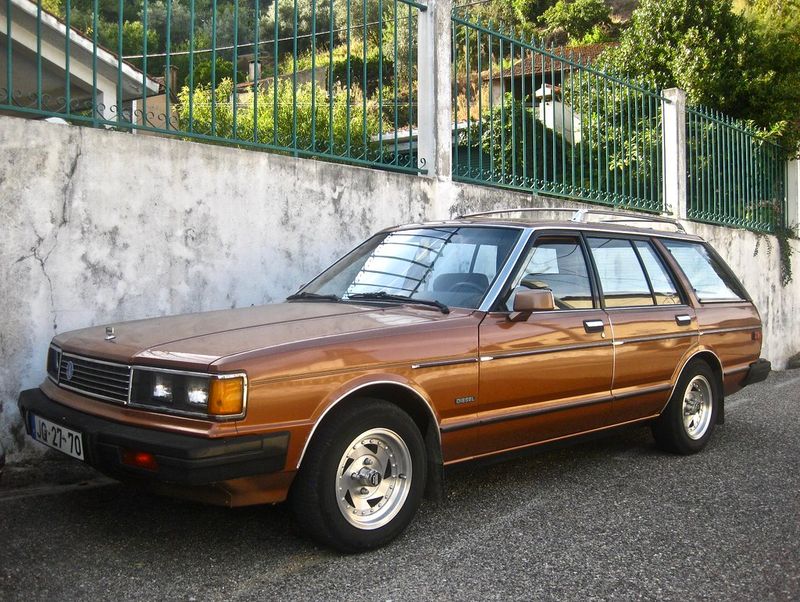
Years before Lexus, Datsun created a premium midsize Japanese car with European flair. The 810/Maxima wagon combined rear-wheel drive handling with fuel-efficient six-cylinder power and available digital dashboards and voice warning systems that seemed straight from science fiction in 1981.
American buyers weren’t ready to pay premium prices for an upscale Datsun, especially from a brand known for economy cars. The wagon version was particularly ahead of its time, offering sports sedan handling with practical space.
These rare wagons now have cult status among Japanese car enthusiasts who recognize how forward-thinking they really were.
19. Subaru SVX: The Fighter Jet Coupe
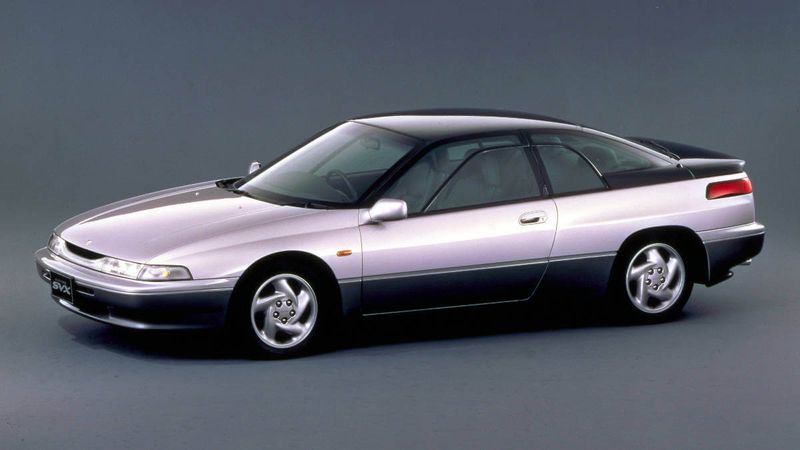
Legendary designer Giorgetto Giugiaro created a concept car for the road with the SVX’s aircraft-inspired window-within-window design and smooth, futuristic styling. Under its striking skin sat a powerful flat-six engine and advanced all-wheel drive system—true to Subaru’s engineering-led philosophy.
Arriving in 1991 with a price nearly double other Subarus, this technological flagship confused the brand’s practical-minded customers. The mandatory automatic transmission disappointed performance enthusiasts, while luxury buyers weren’t shopping at Subaru dealerships.
Fewer than 25,000 were sold worldwide, making this fascinating coupe a rare sight today.
20. Merkur XR4Ti: German Engineering, American Confusion
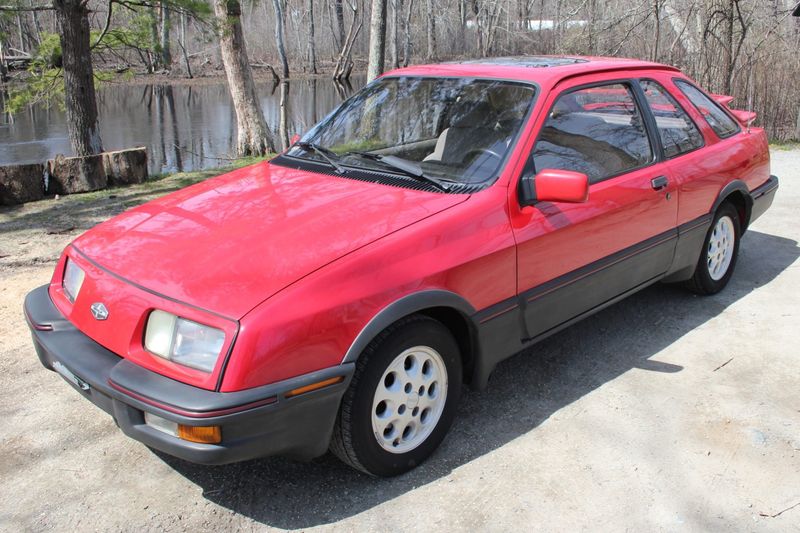
Ford’s attempt to bring its successful European Sierra to America came with a new name (Merkur, pronounced “Mare-coor”) and a turbocharged engine from the Mustang SVO. The distinctive biplane rear spoiler and three-door layout made it stand out from typical American cars of the mid-1980s.
Dealers had no idea how to market this German-built Ford that wasn’t called a Ford. Most salespeople couldn’t even pronounce the name correctly. Exchange rate fluctuations made it increasingly expensive, while parts and service proved challenging.
The experiment ended in 1989, with the XR4Ti becoming an interesting footnote in Ford’s global product history.
